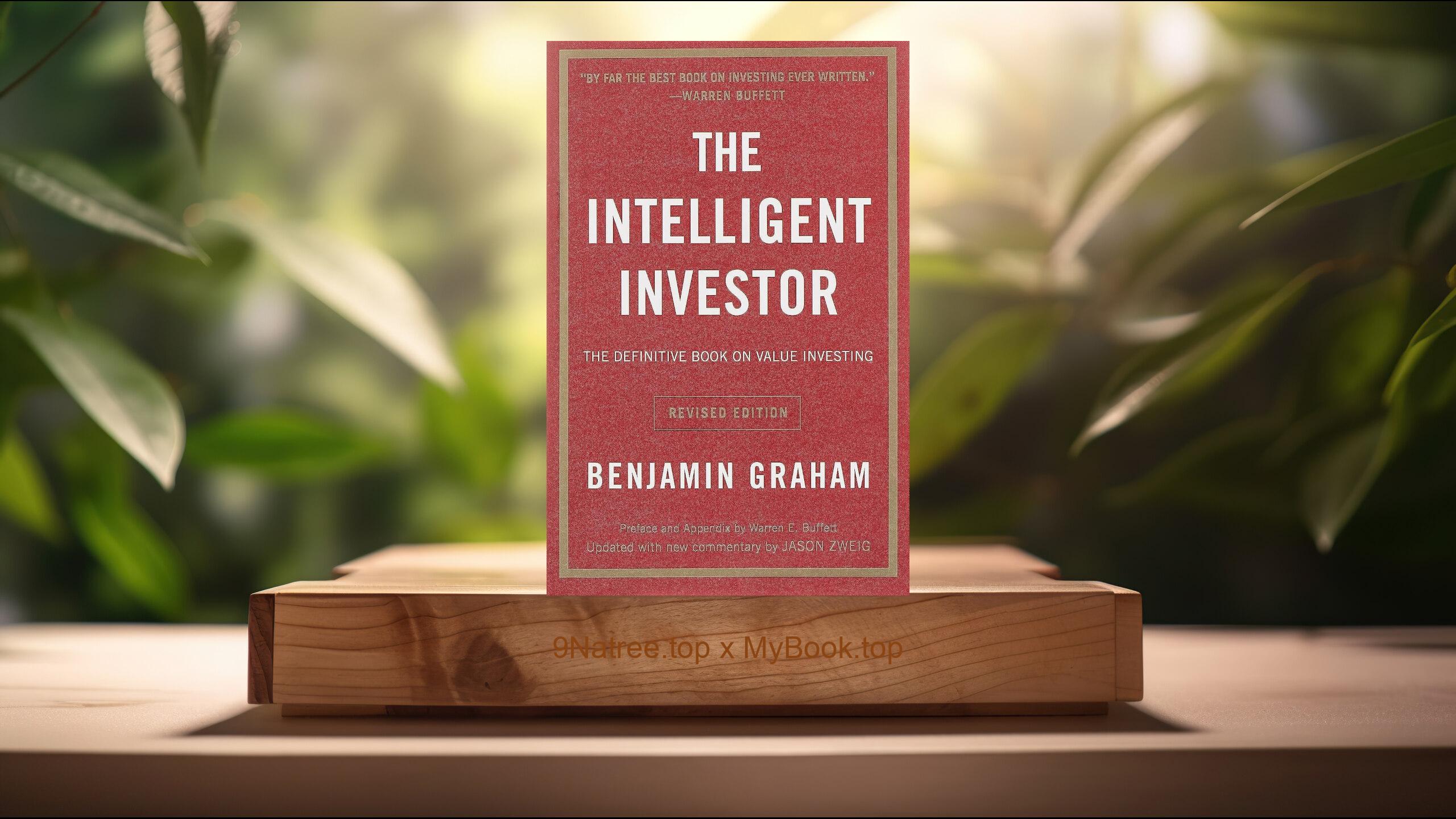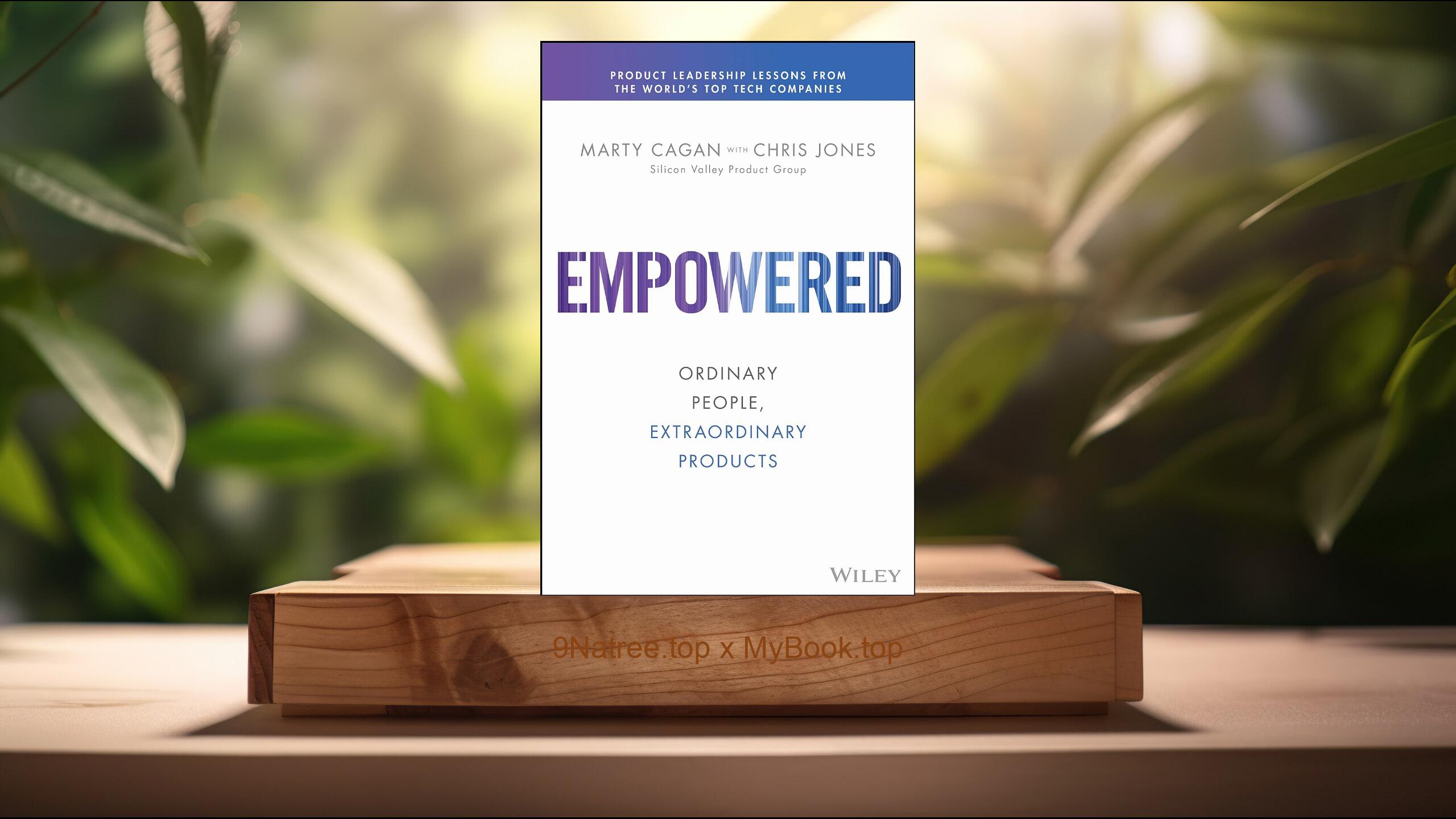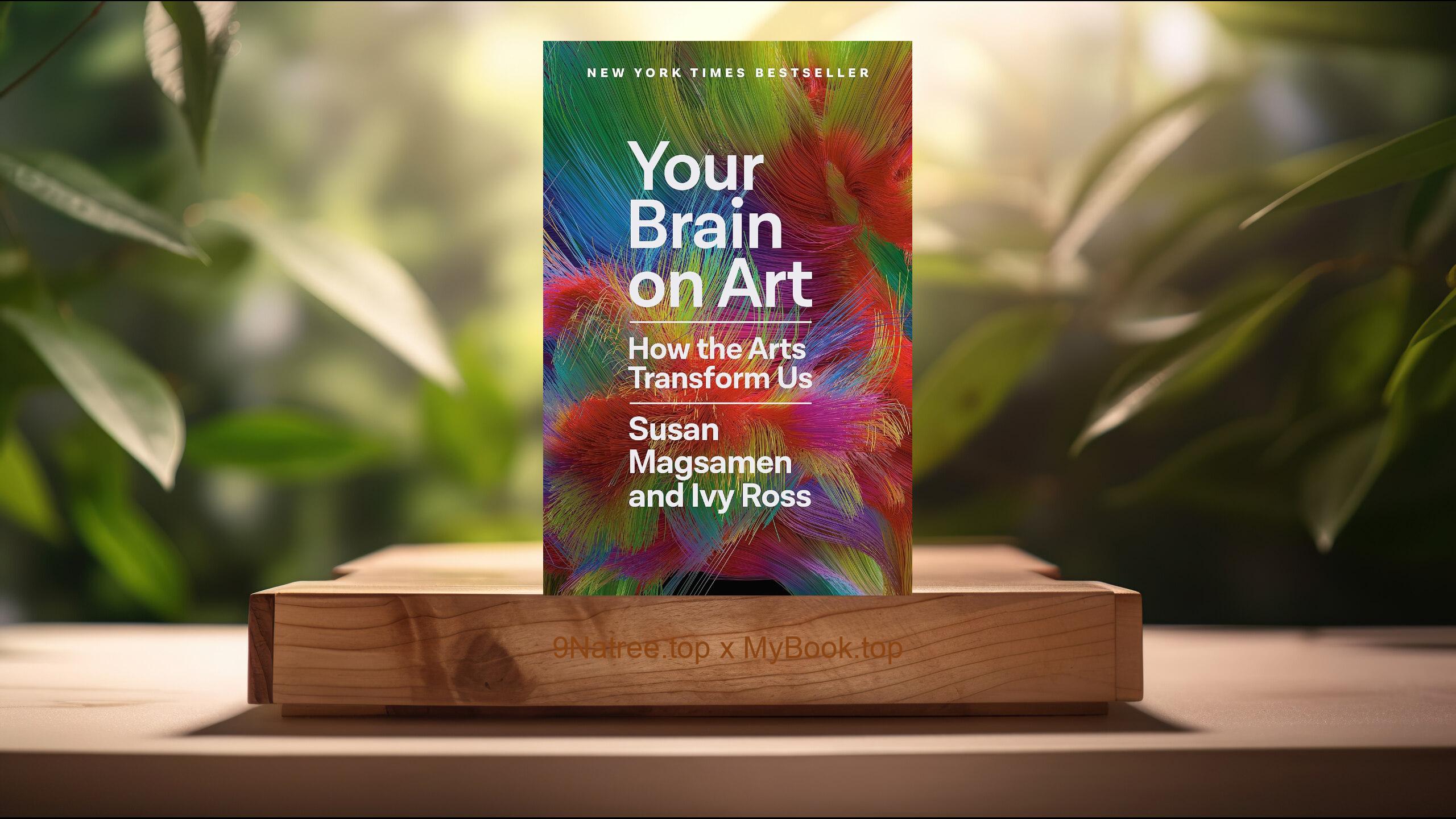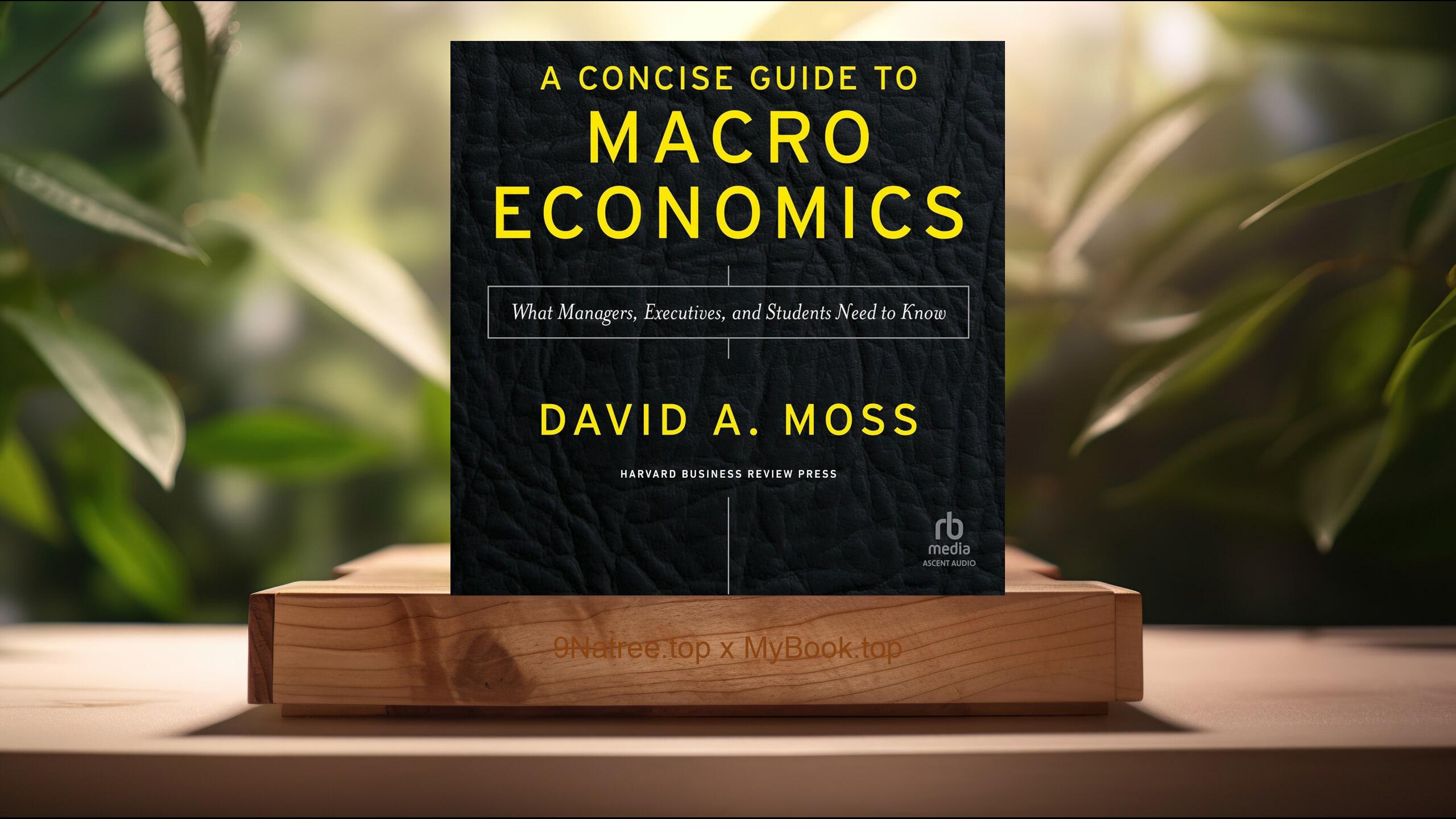Show Notes
- Amazon US Store: https://www.amazon.com/dp/B08RWDDQ6Z?tag=9natree-20
- Amazon Worldwide Store: https://global.buys.trade/The-Clutter-Connection-Cassandra-Aarssen.html
- Apple Books: https://books.apple.com/us/audiobook/the-clutter-connection-how-your-personality-type/id1646639151?itsct=books_box_link&itscg=30200&ls=1&at=1001l3bAw&ct=9natree
- eBay: https://www.ebay.com/sch/i.html?_nkw=The+Clutter+Connection+Cassandra+Aarssen+&mkcid=1&mkrid=711-53200-19255-0&siteid=0&campid=5339060787&customid=9natree&toolid=10001&mkevt=1
- Read more: https://mybook.top/read/B08RWDDQ6Z/
#CassandraAarssen #organizationalpsychology #Clutterbugtypes #declutteringstrategies #sustainableorganization #homeimprovement #personalitytypes #TheClutterConnection
These are takeaways from this book.
Firstly, Understanding the Four Clutterbug Personality Types, Cassandra Aarssen introduces a novel classification system in her book, delineating four distinct 'Clutterbug' personality types: the Butterfly, the Bee, the Cricket, and the Ladybug. Each type has a unique way of handling and interacting with clutter. For instance, Butterflies prefer visual simplicity and need organizational systems that allow them to easily see and access their belongings without fuss. Bees are detailed-oriented and thrive in environments where small items are micro-organized. Crickets enjoy minimalistic spaces and are most comfortable with hidden storage solutions. Ladybugs lie somewhere in between, favoring simple systems that are not too visually busy but still hidden away. Understanding which type you are helps in choosing an organizational strategy that feels natural rather than imposed, increasing the likelihood of maintaining order and harmony.
Secondly, The Psychological Impact of Clutter, The book delves into the psychological effects that clutter can have on individuals, affecting everything from mental health issues like anxiety and depression to everyday stress and productivity losses. Aarssen explains that clutter is not just a physical issue but a significant emotional burden as well. She highlights how mismatched organizational systems can exacerbate stress levels and inhibit personal efficiency. By providing readers with tailored strategies suited to their Clutterbug type, Aarssen ensures that the organization process addresses not just the physical but also the emotional landscapes of their lives. This dual focus helps create a serene and supportive home environment conducive to mental well-being.
Thirdly, Practical Strategies for Decluttering, Aarssen's book is rich with practical advice and decluttering strategies tailored to each personality type. These range from specific methods of categorizing items to the most effective tools and storage solutions for each type. For example, she suggests that Butterflies use open shelving units to keep things visible, while Crickets might prefer storage boxes that neatly hide items away. Aarssen’s approach also focuses on decluttering in layers, starting with surface clutter before moving on to deeper, more intensive organizational tasks, thereby making the process less overwhelming. These practical steps empower readers to not only clear their spaces but also to maintain them with greater ease.
Fourthly, Integrating Family and Household Dynamics, Aarssen does not ignore the complexity of household dynamics in organizing. Recognizing that households often include multiple personality types, she discusses strategies for harmonizing different organizational needs within a family. This includes negotiating with household members about common spaces and balancing individual preferences in shared environments. She offers advice on teaching children about organization according to their Clutterbug type, fostering early habits of tidiness and consideration. This holistic approach ensures that the organizational systems put in place are sustainable and considerate of all family members’ needs and habits.
Lastly, Sustainable Organization and Constant Adaptation, Sustainability in organization is a key theme of Aarssen’s book. She emphasizes the importance of revisiting and adapting organizational systems regularly to fit life’s changes such as a growing family, new hobbies, or even seasonal adjustments. Aarssen encourages an ongoing process of reevaluation and adjustment to organizational systems, suggesting that what works at one point may need tweaking as time goes by. This adaptability ensures that the systems remain functional and relevant, thus maintaining order and reducing the likelihood of relapse into clutter. The book promotes a realistic, flexible approach to organization, which is essential for long-term maintenance and stress reduction.
![[Review] The Clutter Connection (Cassandra Aarssen) Summarized](https://episodes.castos.com/660078c6833215-59505987/images/1906917/c1a-085k3-1pdv32vrtnvp-8rvkht.jpg)




